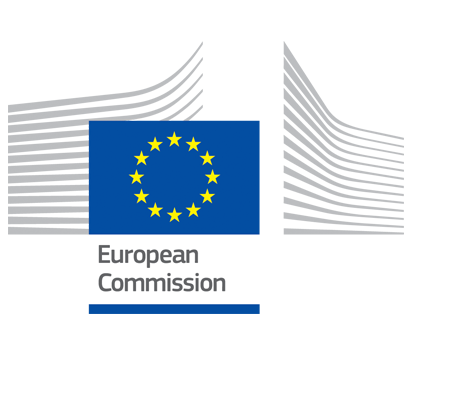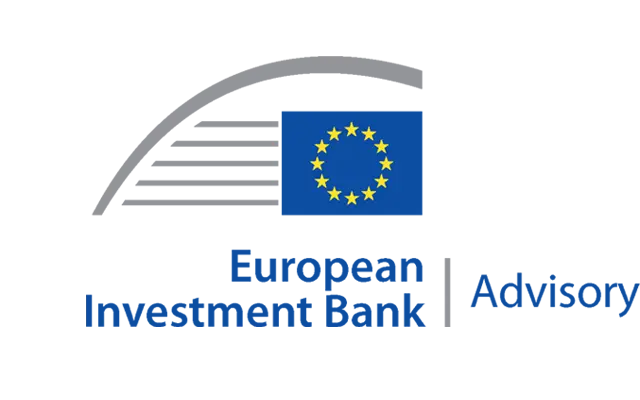Do No Significant Harm and Climate-proofing in the context of ERDF/CF financial instruments in the 2021-2027 programming period
In April 2024, financial instruments (FI) practitioners and experts from the European Commission (EC) and European Investment Bank (EIB) came together to discuss the application to FI operations of two new principles described in Appendix 2 introduced by the Common Provisions Regulation (2021/1060) (CPR), namely:
Summary of January 2025 workshop
On 29 January 2025, the 3rd workshop organised under the Scale-up initiative took place in EC DG REGIO premises in Brussels. The aim of the workshop was to discuss the conditions and opportunities to involve financial institutions in energy efficiency (‘EE’) combined financial instruments.
The workshop gathered representatives from managing authorities (‘MA’), public and private financial institutions as well as experts from legal and consulting firms.
The discussions were structured around four main topics as follows:
The example of the Polish Sustainable Energy Financing Facility (‘POLSEFF’)
Mr. Adam Hirny, representing BNP Paribas Bank Polska SA presented their experience with POLSEFF - Polish Sustainable Energy Financing Facility. The instrument was launched in 2011 in partnership with the European Bank for Reconstruction and Development. The presentation describes the key elements of the instrument combining credit lines, grants and technical assistance, along with the key success factors of its implementation.
Combined financial instruments to be implemented in Croatia in the 2021-27 programming period
The presentation made by Ms. Ivana Mikulić Matković, representing HBOR focused on the HBOR’s experience with the combination of financial instruments and grants in one operation for energy efficiency investments. The capital rebate mechanism, where part of the loan is converted into a grant based on achieved energy savings, simplifies administration and incentivizes performance. The approach emphasizes early cooperation with commercial banks and streamlined procedures to boost uptake.
The ‘administrator model’ used in Lithuania for multi-apartment EE renovation
Mr. Vilius Bernatonis, partner in TGS Baltic, outlined Lithuania’s “administrator model” for financing multi-apartment building renovations. By channelling loans through building administrators rather than individual owners, the model overcomes legal and operational barriers, enables portfolio securitization, and attracts private capital, leading to large-scale energy upgrades and improved household well-being.
Lessons learned and ideas from the Green Gateway programme in supporting financial intermediaries
Mr. Rainer Agster, team leader of the consultancy team supporting EIB Green Gateway Programme, presented EU taxonomy’s application to the building sector and the integration of the EU taxonomy requirements into financial instruments and grant mechanisms, as well as the usage of IT tools such as the EIB Green Checker to help financial intermediaries assess and verify green criteria compliance.

